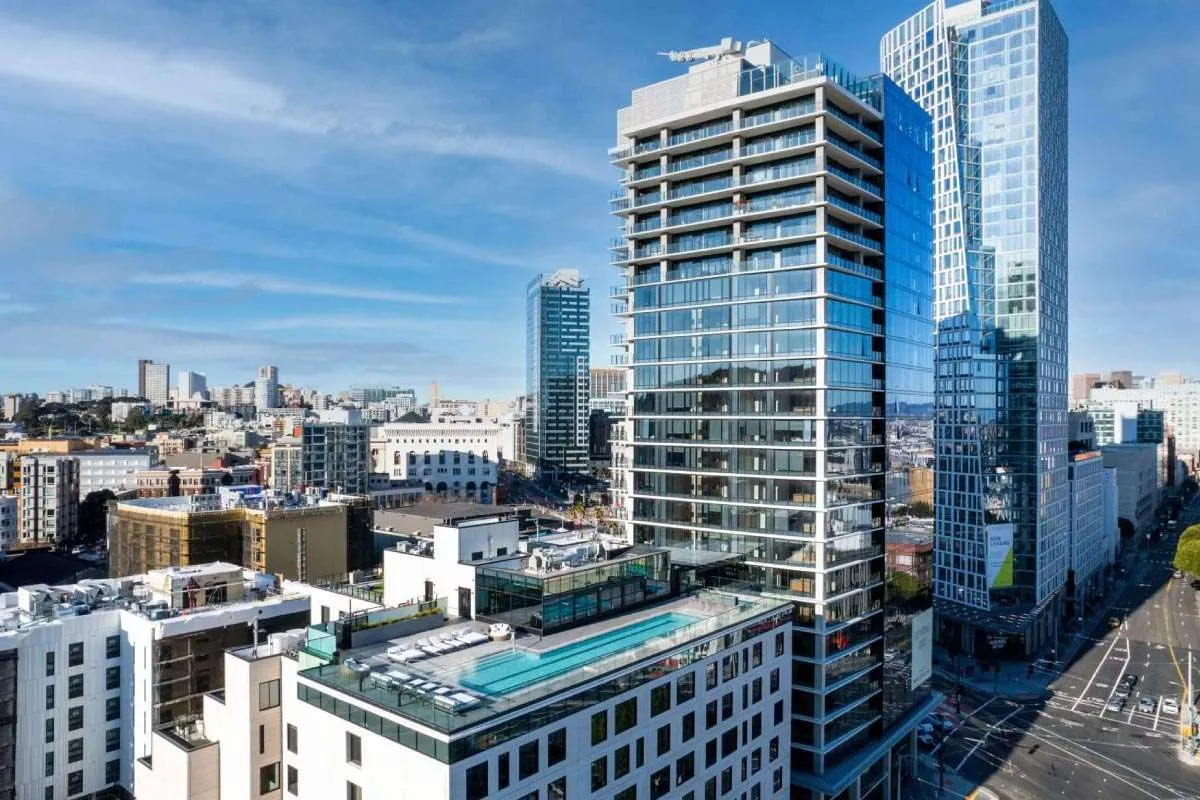When we think about decarbonization, we rarely consider efforts to conserve water. But, bringing fresh water to our taps is a massive operation that consumes a significant amount of energy. Plus, in many parts of the country, water is becoming an increasingly scarce resource. Cities and states across the U.S. are preparing for a future where water will be rarer—and therefore more expensive. A recent study conducted by researchers at Colorado State University predicted that nearly half of the freshwater basins in the country will not be able to meet local water demand by 2071.
Many cities, particularly in the West and Southwest, have already started implementing water restrictions. Earlier this year, one state announced water restrictions for the entire region, varying by city based on past consumption, climate, and land usage.
Even without regulations, rising water costs are alerting some property owners. The average water and sewage bills have been increasing yearly for over a decade. The price of water is rising faster than inflation, with some cities experiencing double-digit increases just in the last year. Nationally, the cost of water has risen by over one-third in the past ten years. According to a recent Value of Water survey, 30 percent of voters now find their water service unaffordable, up from just 21 percent the year before.
Buildings are designed to last decades, if not centuries, so any structure designed today must account for the dwindling water supply. A prime example of a building that excels in water conservation is Chorus apartments in San Francisco. It is no coincidence that such innovative water design originates from “the city by the bay.” San Francisco was the first U.S. city to require all new buildings to use recycled water.
Using reclaimed water for landscaping is nothing new, but Chorus apartment building takes this approach much further. With an advanced filtration system located in the building’s basement, reclaimed water is used in various ways, including flushing toilets. “We installed a system that passes graywater through a membrane bioreactor, which takes very little energy and doesn’t require the water to be transported back and forth from a treatment facility,” said Aaron Tartakovsky, co-founder and CEO of Epic Cleantec, the company that operates the Chorus’ system.
This water reclamation system can recycle 100 percent of the water used by the 467,000-square-foot building. As a result, the 416 apartments and performing arts theater in the building save almost 3 million gallons of water annually. The system itself only occupies about 1,500 square feet in the basement, excluding the separate purple pipes that transport the graywater throughout the structure.
Protecting a building from future water restrictions and insulating it from rising water costs are just some of the benefits of the water reclamation system at Chorus. The building also uses reclaimed water to create lush landscaping, enhancing the tenant experience. “When cities begin to implement water restrictions, they often focus on limiting tap water use for ornamental plants,” Tartakovsky said. “The Chorus apartment can maintain abundant greenery and foliage because it’s not subject to those restrictions, nor will it ever be.”
Saving water doesn’t just reduce building costs; it can also increase revenue. The Chorus apartments have already experienced increased interest from prospective tenants thanks to their innovative water reclamation system. More renters are seeking buildings with a minimal environmental impact. A survey last year found that two-thirds of renters consider “green practices” a key criterion when choosing a residence, and about 40 percent said they would not rent from a building that lacks such practices.
The rising interest in water reclamation systems has even influenced how Epic Cleantec designs them. “We had so many requests to tour the system that we are now designing them to accommodate tours,” Tartakovsky said. Some architects have even suggested making the system visible in building lobbies so residents are reminded of their building’s sustainability.
Currently, the real estate industry’s focus has been on green energy—a critical component of decarbonization. However, in their pursuit of energy efficiency, they should not overlook another precious resource: fresh water. Storing, filtering, and transporting water is an energy-intensive process. Instead of using drinking water for tasks like watering plants and flushing toilets, reclaimed water should be the norm. Buildings can now implement systems like the one in the Chorus building, allowing them to take water reclamation into their own hands, making them more sustainable overall.
